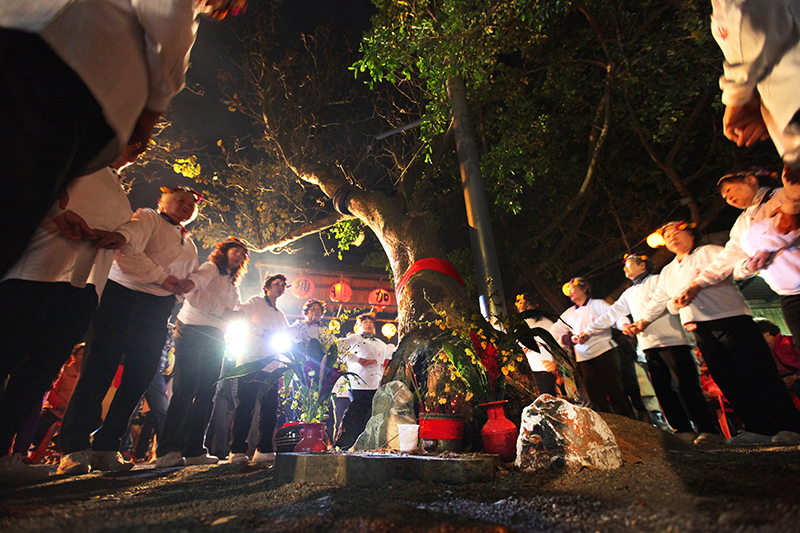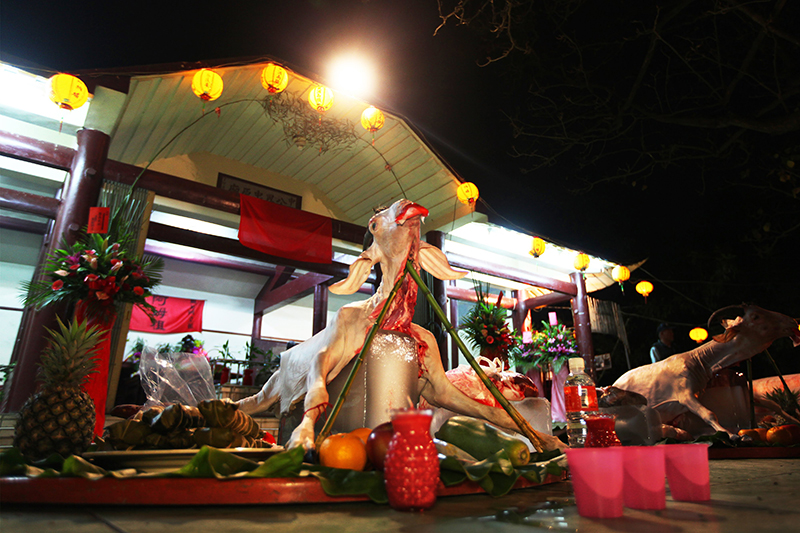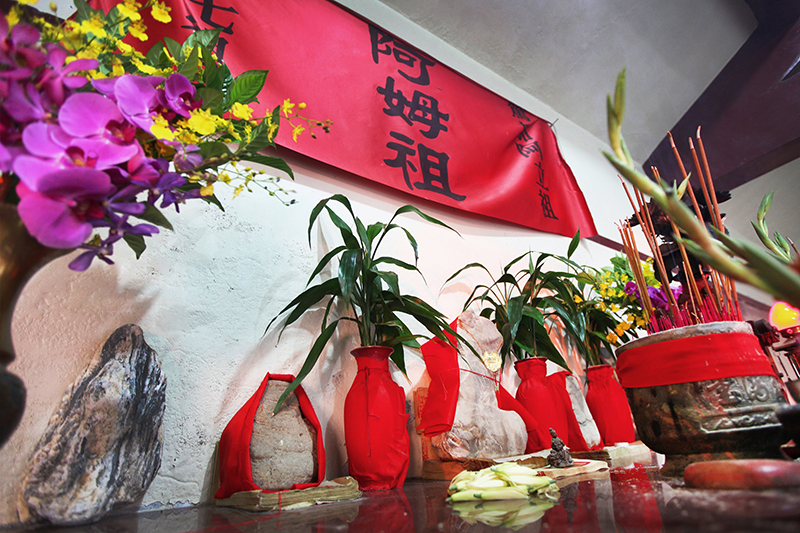In addition to the well-known Paiwan and Rukai peoples, Pingtung is also home to the Makatao, one of the Taiwan Plains Indigenous Peoples. An accumulation of diverse cultures and people, the Makatao has often been mistakenly classified in terms of ethnic group throughout history.
The earliest record of the people appeared during the Netherlands Occupation Period. The Taiwan Plains Indigenous Peoples population in Pingtung was already the largest in Taiwan at that time: around 1650, the total population of plains indigenous peoples in Taiwan was a little under 50,000, but over 10,000 of them lived in Pingtung. It is worth noting that the Netherlands officials and missionaries were unable to handle the Pingtung wilderness and never managed to have full control over the indigenous peoples in the plains, thus were not successful in fully documenting and understanding the local indigenous languages and cultures. Initially, the Netherlands colonists mistakenly used the Siraya language spoken in Tainan to write textbooks to educate indigenous peoples in the plains of Pingtung. When they finally realized that the plains of Pingtung indigenous peoples did not understand a word at all, the Netherlands started to collect local language resources. However, they were forced out of Taiwan by Koxinga before they could actually accomplish anything.

Makatao Night Ritual at Jiaruipu. “Jiaruipu” was the former name of Taishan Village in Gaoshu Township, Pingtung. Every year on the night of November 15th of the lunar calendar, Jiaruipu residents sing and dance the “Ma-olau” at the Kuwa temple. (Photo credit: Zhao Shou-Yan)
The Migrating Inhabitants
at the Bottom of the Hill
The history books of the Qing Dynasty referred to these Pingtung residents as the “eight communities of Fongshan”. Nevertheless, the policies of the Qing regime and the large numbers of non-indigenous people moving into and developing Pingtung Plain forced the original indigenous residents near Donggang River to eventually move east and settle at the foot of the Central Range mountains (the present area along No.185 County Road). From Qing history books, we can see the regime deliberately planned to use the Taiwan Plains Indigenous Peoples as a defense barrier between the mountain indigenous people and non-indigenous immigrants. Many land deeds from the Qing Dynasty show indigenous people from the eight communities of Fongshan selling their land. But besides these land deeds, there are nearly no other records of the plains indigenous peoples in Pingtung Plain within the two-hundred years of Qing Dynasty rule. We have no clue of their migration history. However, we do know the soil at the top area of the alluvial fan at the mountain foot was not suitable for agriculture, and the Taiwan Plains Indigenous Peoples were surrounded by non-indigenous immigrants and mountain indigenous peoples; also near the end of the Qing Dynasty rule, more community members moved to Hengchun and eastern Hualian. Thus, we can suspect the people of the eight communities of Fongshan did not have a comfortable life and were constantly seeking better living environments.
This group of indigenous peoples living in Pingtung Plain finally got the name “the Makatao” near the beginning of the 20th century. Japanese anthropologist In? Kanori collectively called the peoples in Pingtung Plain “the Makatao”, but other researches still referred all indigenous peoples in Pingtung, Kaohsiung, and Tainan as “the Siraya”. Some researchers classified the indigenous peoples in Pingtung Plain into the northern and southern communities. Interestingly, none of the present Makatao people living at the mountain foot on Pingtung Plain know the original meaning of this community name, and no one recalls their ancestors calling themselves by this name. While the respectful collective name “Makatao” is accepted within the community, villagers usually refer to each other as “Shanjiao Ren (people living at the foot of the mountain)” or “Pingbu’a (Taiwan Plains Indigenous person)”.


During mid-November of the lunar calendar, Jiaruipu residents pray to A-mu Tsoo and prepare offerings for the Night Ritual. (Photo credit: Zhao Shou-Yan)
Diverse Historic Rituals
to Revive Traditional Culture
The Makatao fought for survival under different circumstances throughout history and have lost pieces of their collective memories since the people often migrated. But current generations are dedicated to carry on their traditional beliefs and revive their ritual cultures. For example, the extremely famous Jiaruipu Village in Gaoshu Township holds their Night Ritual at mid-November of the lunar calendar. The community is celebrated for its offering to the deity “A-mu-mu”, the “Tiaoxi” dance, ritual songs, and embroidered garments. The Gabulong community in Wanluan Township holds their “Xianguzu” Ritual mid-January of the lunar calendar, which is another effort to rekindle the cultural fire of the Makatao. Laupi Village in Neipu Township also restored their “Laozuci” Ritual in mid-October of the lunar calendar in the recent five years.
In addition to a wide array of traditional beliefs and folk religions, local Catholics congregate at the Wanjin Catholic Church at Wanjin Village in Pingtung, presenting the diverse religions and beliefs of the Pingtung Makatao people. In recent years, Makatao people who have moved to Changbin Township in Taitung and Fuli Township in Hualien have also started cultural revival projects that focus on garments and accessories.
The widespread Makatao people has a large population. The group was known to hold “Collective Rituals” in collaboration with at least twelve villages located mainly along the mountain range of Pingtung in the past. The villages took turns hosting the event to worship their ancestors, and the massive ritual was still held less than a hundred years ago. Now, the Makatao people in Pingtung Plain, Hengchun Peninsula, and eastern Hualien area are still figuring out their next step to move forward and solidify collective identity.




